Decoding Venom: How to Distinguish Poisonous Snakes from Harmless Ones
Introduction:
Identifying whether a snake is poisonous is a crucial skill for individuals living in regions where venomous snakes coexist with humans. This guide aims to equip you with the knowledge to differentiate between poisonous and non-poisonous snakes, emphasizing visual cues, behavior, and cautionary measures.
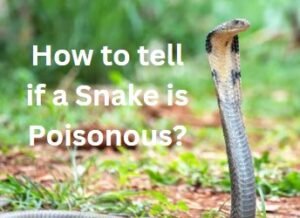
Following are some indicators to distinguish between poisonous and non-poisonous snakes:
1. Head Shape:
One common indicator is the shape of the snake’s head. Many venomous snakes have triangular or diamond-shaped heads, while non-venomous snakes typically have more rounded heads. This distinction is not foolproof, but it serves as a helpful visual clue.
2. Pupil Shape:
Examine the snake’s eyes. Venomous snakes often have elliptical or cat-like pupils, while non-venomous snakes typically have round pupils. This distinction, however, varies among species, so it should be used in conjunction with other identifying factors.
3. Body Length and Thickness:
Venomous snakes, especially in certain regions, tend to have shorter and thicker bodies compared to their non-venomous counterparts. However, there are exceptions, so consider this characteristic alongside other features.
4. Coloration and Patterns:
While coloration is not a definitive indicator, many venomous snakes exhibit bold patterns and vibrant colors. However, some non-venomous snakes mimic these patterns for protection. Be cautious and consider multiple features for accurate identification.
5. Behavioral Cues:
Observe the snake’s behavior. Venomous snakes often display defensive postures, such as coiling, hissing, or striking. Non-venomous snakes may adopt similar postures but are more likely to flee or use defensive behaviors that don’t involve biting.
6. Tail Characteristics:
Some venomous snakes have distinctive tail characteristics. For example, the rattlesnake has a rattle at the end of its tail. However, not all venomous snakes have rattles, and not all snakes with rattles are venomous.
7. Geographical Location:
Knowing the species native to your region is crucial. Familiarize yourself with the venomous snakes present and learn their distinguishing features. Consult local resources or experts for accurate identification.
8. Vent Location:
The location of the vent, or cloaca (the opening used for reproduction and waste elimination), can be informative. In many venomous snakes, the vent is closer to the tip of the tail, while in non-venomous snakes, it’s closer to the body.
9. Consultation with Experts:
When in doubt, seek the guidance of local herpetologists, wildlife experts, or professionals. They can provide accurate identification based on their expertise and knowledge of the local snake population.
10. Safety First:
Regardless of your identification skills, it’s crucial to treat all snakes with caution. Keep a safe distance, avoid unnecessary contact, and follow guidelines for snake encounters to minimize the risk of bites, whether the snake is venomous or not.
Conclusion:
In summary, identifying whether a snake is poisonous requires a combination of visual cues, behavioral observations, and local knowledge. While this guide provides general tips, caution and respect for these creatures should always be a priority. When in doubt, seek professional assistance to ensure accurate identification and safe interaction with snakes in their natural habitat.
Learn more about Do Garter Snake Bites.

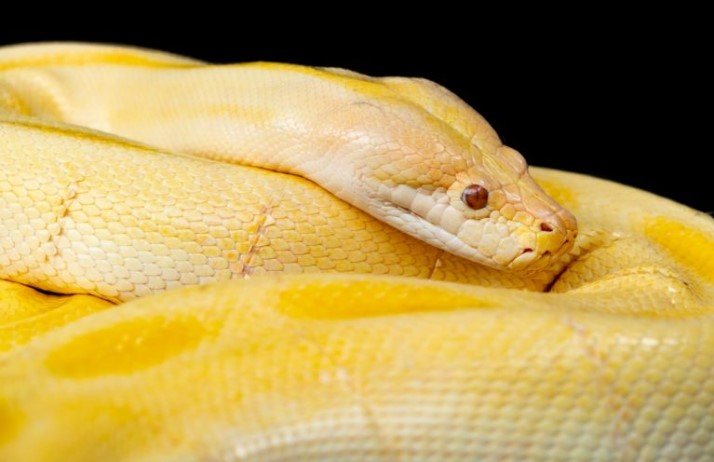
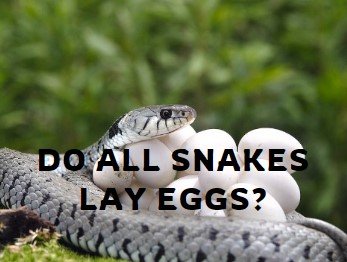
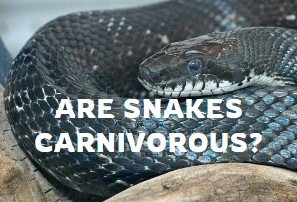
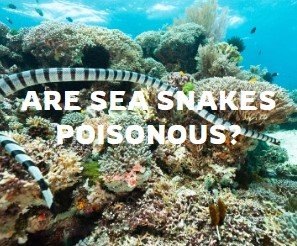
Leave a Reply